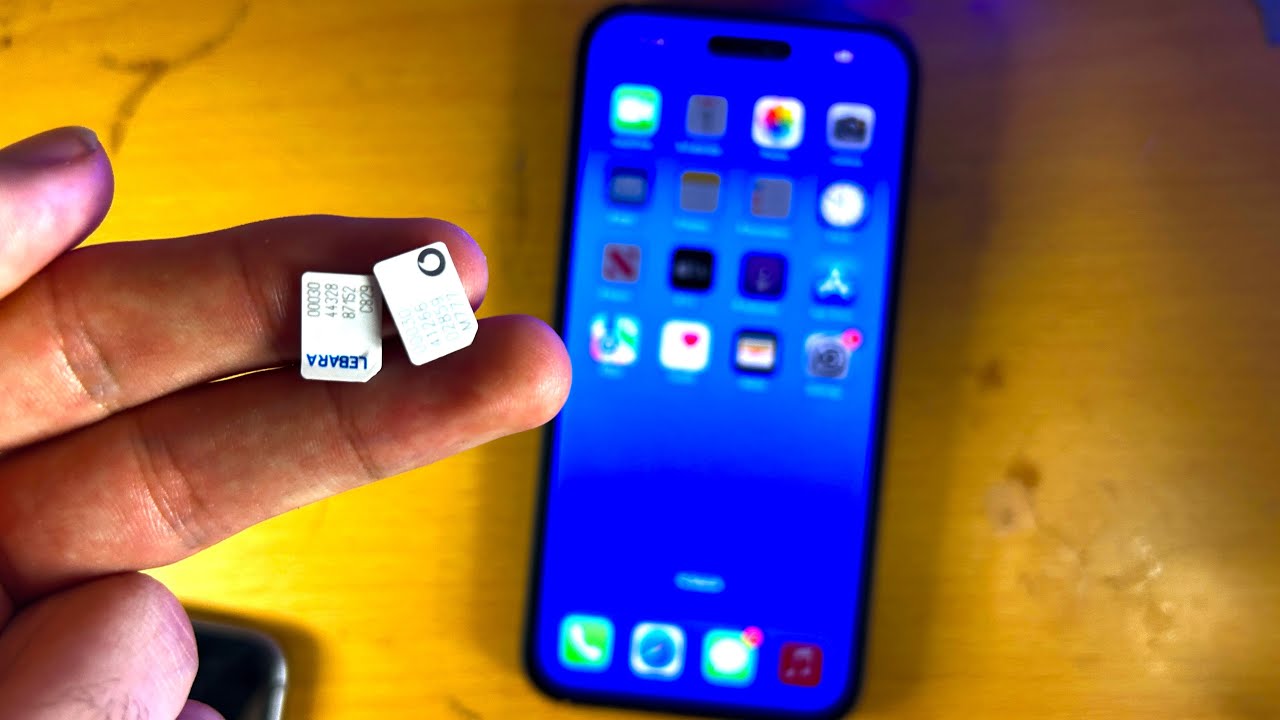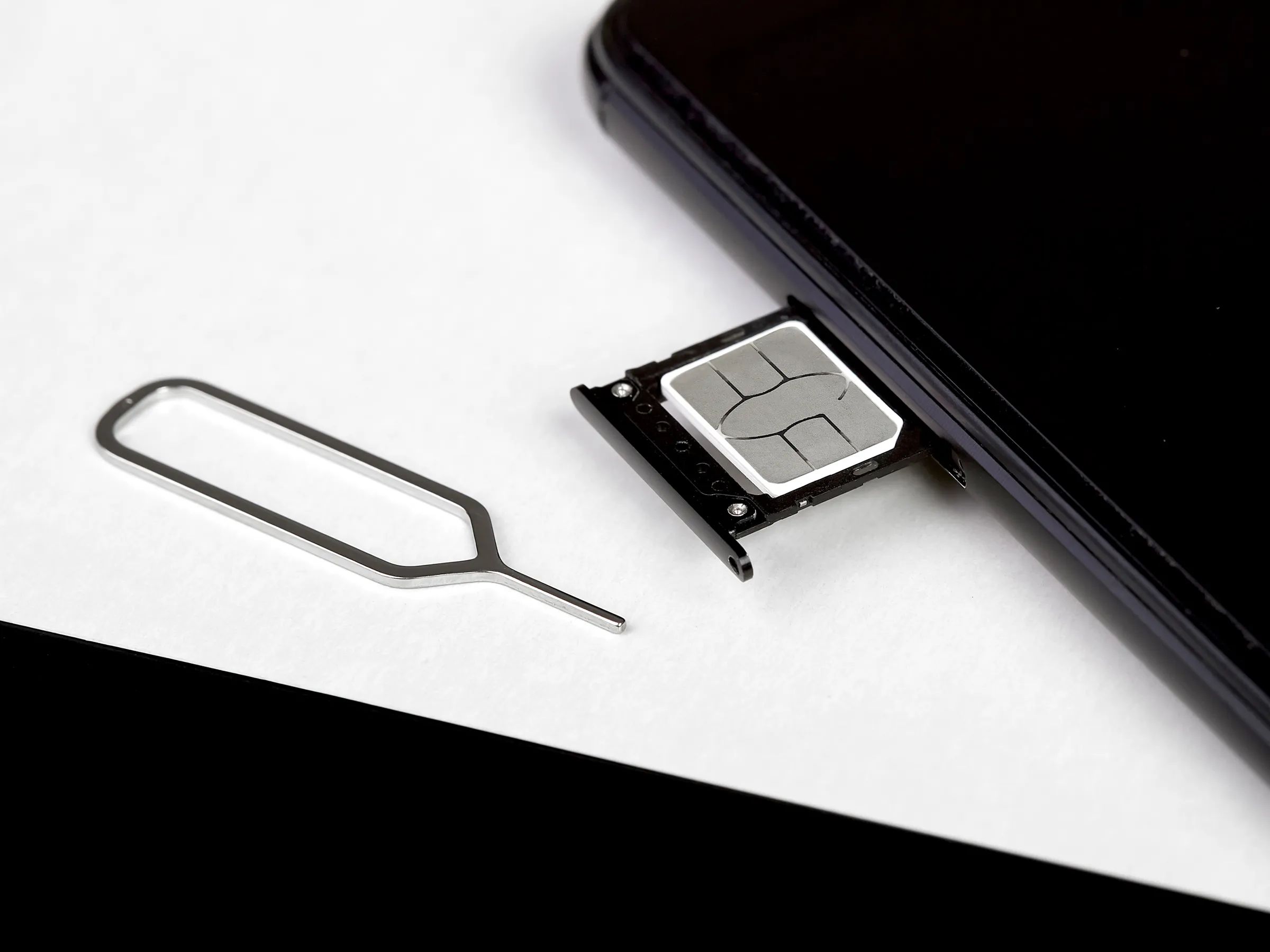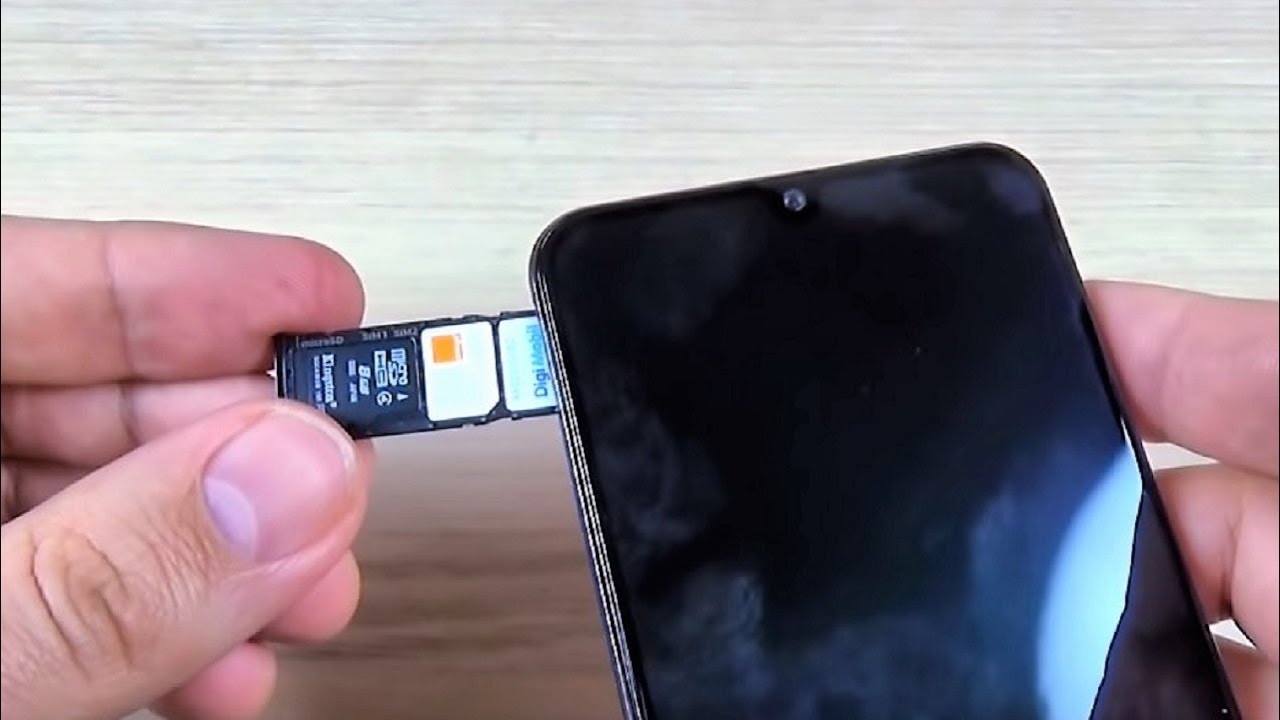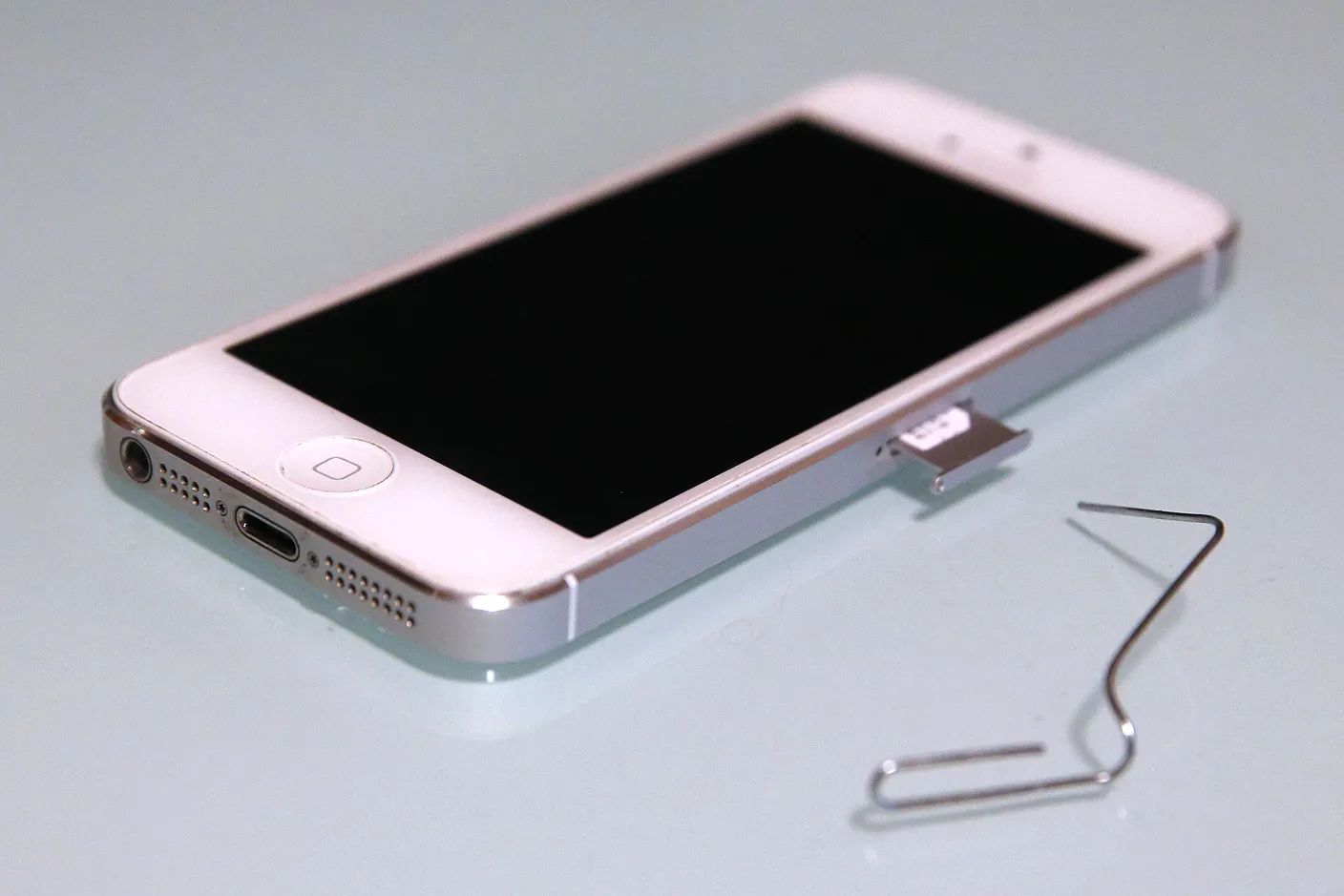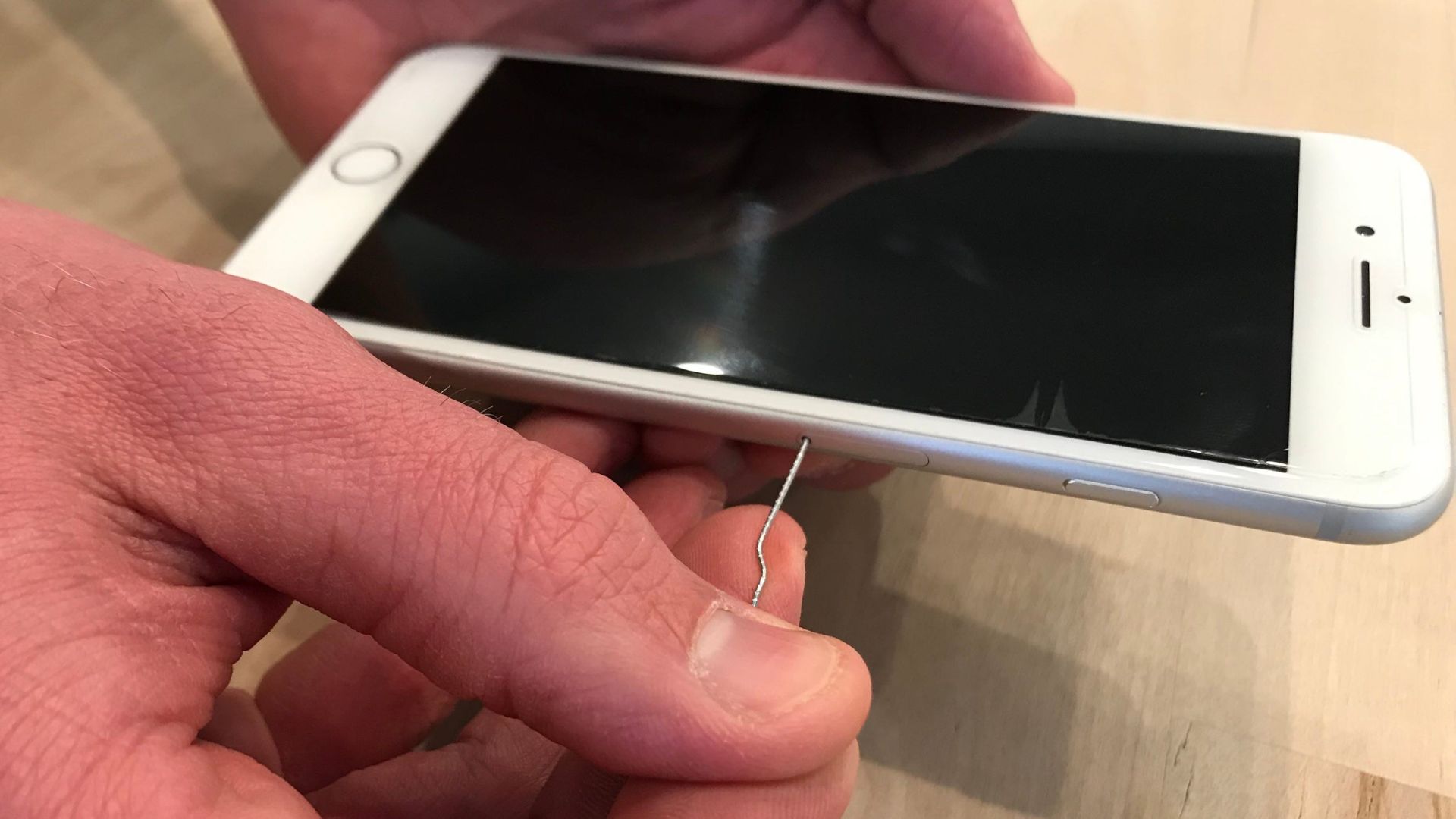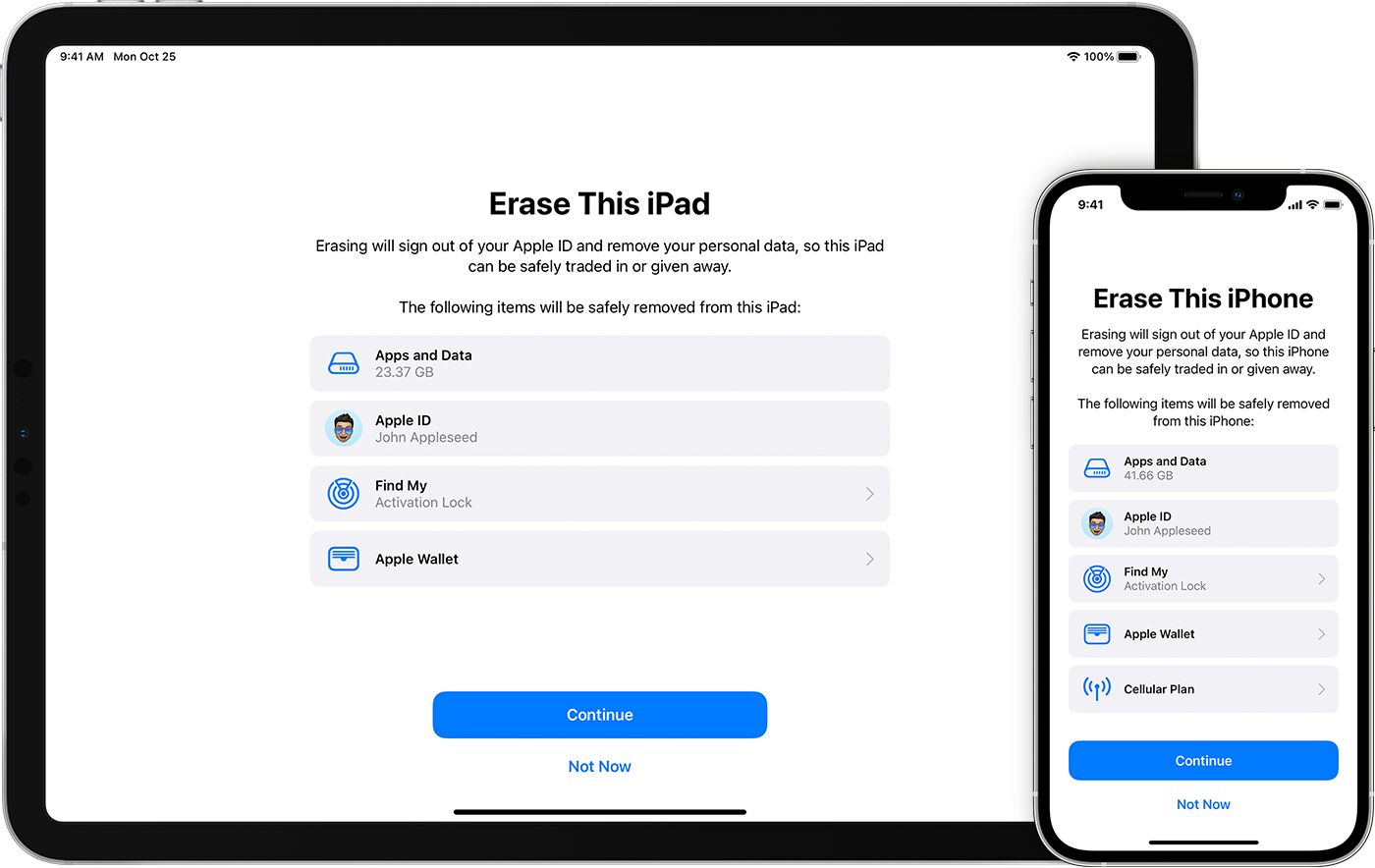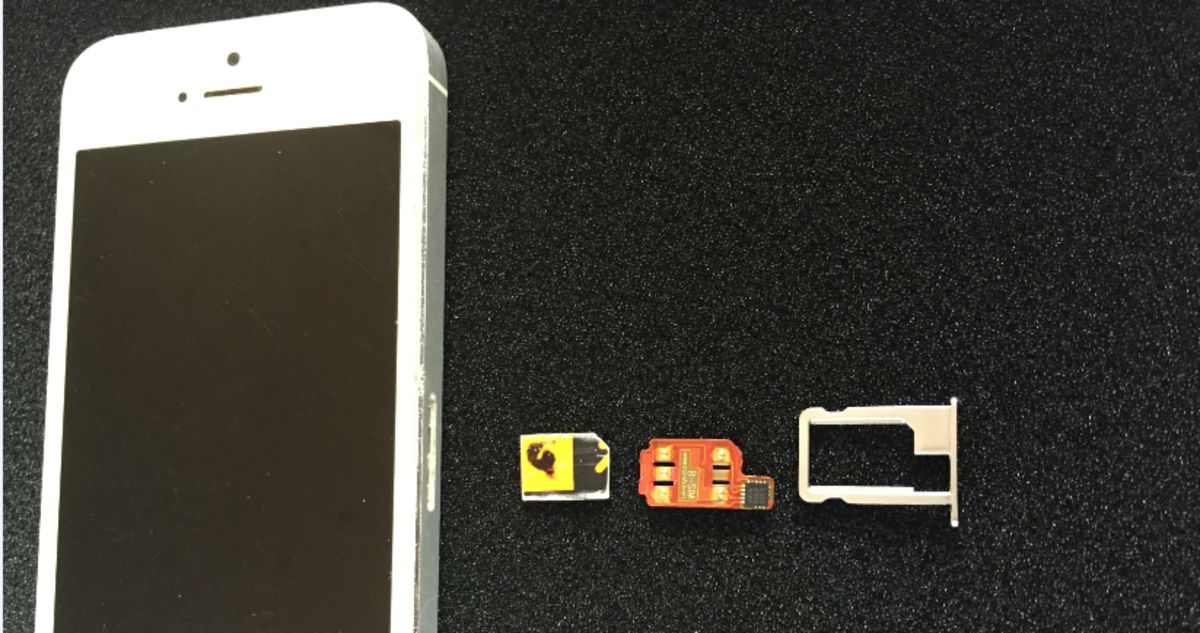Introduction
When it comes to upgrading to a new smartphone or selling an old one, there are several essential considerations to keep in mind. One of the most crucial steps in this process is removing the SIM card from the device. The Subscriber Identity Module (SIM) card serves as the heart of a mobile device, containing vital information such as the user's identity, network authentication, and stored contacts. As such, removing the SIM card before parting ways with a phone is a fundamental practice that ensures the security of personal data and the seamless transfer of services to a new device.
In the following sections, we will delve into the reasons for removing the SIM card, the step-by-step process of doing so, precautions to take during this operation, and what to do with the SIM card after removal. By understanding these considerations, individuals can navigate the transition from an old phone to a new one with confidence and security.
The process of removing a SIM card may seem straightforward, but it holds significant importance in safeguarding personal information and ensuring a smooth transition to a new device. Let's explore the intricacies of this essential step and gain a comprehensive understanding of why, how, and what to do when removing a SIM card from a mobile device.
Why Remove the SIM Card
The SIM card is a small, yet powerful component within a mobile device. It is responsible for storing crucial information such as the user's identity, contacts, and network authentication. When it comes to trading in or selling a phone, removing the SIM card is a critical step for several reasons:
-
Protecting Personal Data: The SIM card holds a wealth of personal information, including contacts, text messages, and call logs. By removing the SIM card, individuals can prevent unauthorized access to this sensitive data during the transition to a new device. This not only safeguards privacy but also mitigates the risk of identity theft or misuse of personal information.
-
Preventing Service Disruption: When a SIM card is left in an old device that is being traded in or sold, there is a possibility of service disruption. This can occur if the new owner inserts a different SIM card or if the device is deactivated remotely by the mobile carrier. Removing the SIM card ensures that the individual's mobile service remains uninterrupted and ready for activation on a new device.
-
Facilitating Device Setup: By removing the SIM card from the old device, individuals can seamlessly transfer their mobile service to a new phone. This enables a smooth setup process, allowing the new device to immediately connect to the user's mobile network and access essential services without any complications.
-
Enhancing Security: In the event of a lost or stolen phone, removing the SIM card can prevent unauthorized usage and protect against fraudulent activities. By deactivating the SIM card, individuals can render the old device inoperable, thereby safeguarding their mobile service and personal information.
-
Preparing for Resale or Trade-In: When selling or trading in a phone, removing the SIM card is a standard practice that enhances the device's appeal to potential buyers or trade-in services. It signifies that the seller has taken the necessary steps to protect their privacy and ensures that the new owner can seamlessly activate the device with their own SIM card.
In essence, removing the SIM card from a mobile device before trading it in or selling it is a proactive measure that safeguards personal data, prevents service disruption, facilitates device setup, enhances security, and prepares the device for resale or trade-in. This simple yet essential step paves the way for a seamless transition to a new device while prioritizing data privacy and security.
How to Remove the SIM Card
Removing a SIM card from a mobile device is a straightforward process that varies slightly depending on the device model. Here's a general guide on how to remove the SIM card:
-
Power Off the Device: Before attempting to remove the SIM card, ensure that the device is powered off. This precautionary step prevents any potential damage to the SIM card or the device itself.
-
Locate the SIM Tray: Most modern smartphones feature a SIM tray that houses the SIM card. The location of the SIM tray varies by device, but it is commonly found on the side of the phone or at the top, beneath a small cover. Some devices, particularly older models, may have a removable back cover, under which the SIM card is located.
-
Insert the Ejector Tool: To access the SIM card tray, use the provided SIM card ejector tool or a small paperclip. Insert the tool into the pinhole located near the SIM tray. Apply gentle pressure to release the SIM tray from the device.
-
Remove the SIM Tray: Once the SIM tray is partially ejected, carefully pull it out from the device. The SIM card is typically located within the tray, either secured by a small mechanism or resting on a designated area. Take care not to force the tray or damage the SIM card during this process.
-
Extract the SIM Card: With the SIM tray removed, gently take out the SIM card from its slot. Handle the SIM card with care, holding it by the edges to avoid any contact with the metal contacts or the printed circuit.
-
Reinsert the SIM Tray: After removing the SIM card, reinsert the SIM tray back into the device. Ensure that it is securely placed to avoid any issues with the device's functionality.
It's important to note that the above steps provide a general overview of how to remove a SIM card from a mobile device. Users should refer to the specific instructions provided by the device manufacturer to ensure a safe and proper removal process. Additionally, individuals should exercise caution and patience when handling the SIM card and the device to prevent any accidental damage.
By following these steps and taking the necessary precautions, individuals can safely remove the SIM card from their mobile device, paving the way for a secure transition to a new phone or the preparation of the old device for resale or trade-in.
Precautions to Take
When removing a SIM card from a mobile device, it's essential to exercise caution and adhere to certain precautions to ensure a smooth and safe process. Here are the key precautions to take:
-
Power Off the Device: Before initiating the SIM card removal process, it's imperative to power off the device. This simple yet crucial step prevents any potential damage to the SIM card or the device's internal components. By powering off the device, individuals reduce the risk of electrical interference and ensure a safe removal process.
-
Use the Correct Tool: When accessing the SIM tray, it's important to use the designated SIM card ejector tool or a suitable alternative, such as a small paperclip. Avoid using sharp or metallic objects that may cause damage to the SIM tray or the device. Using the correct tool ensures a smooth and safe ejection of the SIM tray without risking any harm to the device.
-
Handle the SIM Card Carefully: When removing the SIM card from the device, handle it with utmost care. Hold the SIM card by its edges to avoid contact with the metal contacts or the printed circuit. This precaution helps prevent any potential damage to the SIM card, ensuring that it remains in optimal condition for future use or resale.
-
Avoid Bending or Scratching the SIM Card: The SIM card is a delicate component that should be treated with care. It's important to avoid bending or scratching the SIM card during the removal process. Any physical damage to the SIM card can potentially impair its functionality and lead to connectivity issues when used in another device.
-
Ensure Proper Alignment: When reinserting the SIM tray back into the device, ensure that it is aligned correctly and securely placed. Misalignment or improper placement of the SIM tray can lead to functionality issues with the device's SIM card slot. By taking the time to ensure proper alignment, individuals can avoid potential complications and ensure the smooth operation of the device.
By observing these precautions and approaching the SIM card removal process with care and attention to detail, individuals can safeguard the integrity of the SIM card and the device itself. These simple yet vital precautions contribute to a seamless and secure transition when trading in, selling, or upgrading to a new mobile device.
What to Do with the SIM Card After Removal
After successfully removing the SIM card from a mobile device, individuals may wonder about the next steps regarding the handling and potential utilization of the SIM card. While the SIM card is no longer inserted in the old device, it holds value and can be repurposed or disposed of responsibly. Here are the key considerations for what to do with the SIM card after removal:
1. Retain for Future Use
If the SIM card is in good condition and the individual plans to use it in a new device, it should be safely stored for future use. Keeping the SIM card in a secure location ensures that it remains accessible for activation in a different device, such as when upgrading to a new smartphone or needing a backup SIM card for emergency use.
2. Transfer to a New Device
In the event of upgrading to a new phone, the removed SIM card can be inserted into the new device to seamlessly transfer mobile service and contacts. This process typically involves placing the SIM card in the designated slot of the new device and ensuring that it is activated by the mobile carrier. By transferring the SIM card to the new device, individuals can maintain continuity of service without the need for a new SIM card.
3. Dispose Responsibly
If the SIM card is no longer needed or is damaged, it should be disposed of responsibly. This involves rendering the SIM card unusable by cutting it into small pieces or using a SIM card destruction tool. By physically damaging the SIM card, individuals can prevent any potential misuse of the card and safeguard their personal information.
4. Recycle or Donate
For environmentally conscious individuals, recycling the SIM card through designated e-waste recycling programs is a sustainable option. Many electronic recycling facilities accept SIM cards for proper disposal and recycling of the materials. Additionally, if the SIM card is still functional but not needed, it can be donated to organizations or individuals who can make use of it, promoting sustainability and reducing electronic waste.
5. Store as a Backup
In situations where a backup SIM card is beneficial, such as for international travel or as a spare for unexpected circumstances, the removed SIM card can be stored as a backup. Keeping the SIM card in a secure location ensures that it is readily available when needed, providing a convenient solution for temporary or emergency mobile service requirements.
By considering these options for what to do with the SIM card after removal, individuals can make informed decisions based on their specific needs and preferences. Whether retaining it for future use, transferring it to a new device, disposing of it responsibly, recycling, or storing it as a backup, the SIM card holds potential for various practical and sustainable applications beyond its initial use in a mobile device.
Conclusion
In conclusion, the process of removing a SIM card from a mobile device before trading it in, selling it, or upgrading to a new phone is a fundamental practice that encompasses privacy, security, and seamless transition. By understanding the significance of SIM card removal and adhering to the recommended precautions, individuals can safeguard their personal data, ensure continuity of mobile service, and responsibly handle the SIM card after removal.
The act of removing the SIM card serves as a proactive measure to protect personal data, prevent service disruption, facilitate device setup, enhance security, and prepare the device for resale or trade-in. It empowers individuals to take control of their data privacy and mitigate potential risks associated with unauthorized access or misuse of personal information. Moreover, by following the proper procedure for SIM card removal, individuals can ensure a smooth transition to a new device, free from complications or service interruptions.
Furthermore, the precautions associated with SIM card removal, such as powering off the device, using the correct tool, handling the SIM card with care, and ensuring proper alignment, underscore the importance of approaching this process with attention to detail and mindfulness. These precautions contribute to the safe removal of the SIM card and the preservation of its integrity for potential future use or responsible disposal.
After the successful removal of the SIM card, individuals have the option to retain it for future use, transfer it to a new device, dispose of it responsibly, recycle, donate, or store it as a backup. These considerations provide individuals with a range of practical and sustainable choices for handling the SIM card after removal, aligning with their specific needs and environmental consciousness.
In essence, the process of removing a SIM card from a mobile device encapsulates responsible data management, security awareness, and sustainable practices. By embracing these considerations and integrating them into the transition from an old phone to a new one, individuals can navigate this technological evolution with confidence, security, and a commitment to responsible electronic waste management.
The act of removing the SIM card is not merely a technical step but a proactive and mindful practice that reflects the evolving landscape of mobile technology and the individual's role in safeguarding personal data and contributing to sustainable electronic waste management.







